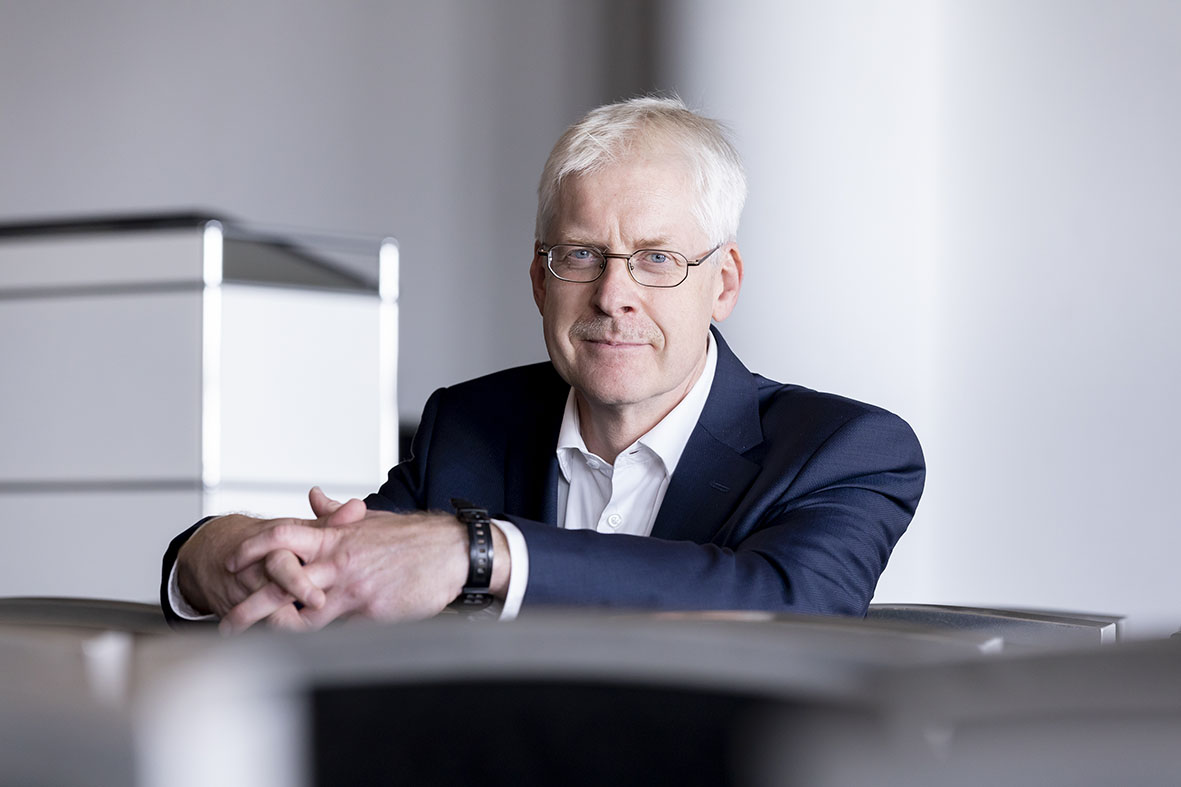
Change Management with Coaching
* For a German version, please click here *
Surely you can remember a point in your life when you have consciously changed something professionally or personally. Perhaps you have made an important career decision or have finally overcome an annoying habit. Can you remember what happened just before that? You have probably had an important insight, something that has touched you, that you could not let go of, that has given you motivation, something that can be called an Aha experience.
This is wisdom from our own experience: real, sustainable change only works through new insights, or, better still, Aha experiences. They open up new perspectives and new spaces of possibility and motivate to take advantage of them. That’s what makes them so powerful. Without new knowledge, everything stays the same. A company that wants to bring about change, such as a change in culture or a new style of leadership, cannot do this without creating Aha experiences for the participating executives and employees. If this doesn’t happen or happens only partially, lasting change becomes impossible.
If an organization tries to achieve change through pressure, rules and control, at most, it will create a small straw of fire. After a short while, like a rubber band springing back to its original state, the system returns to baseline, the status quo. Most companies go through this painful experience with their change initiatives. Then it is hardly a consolation knowing you are not alone. After all, generally, scientific studies keep finding low levels of success rates.
Why is it that we are challenged to leverage Aha experiences? My take is that, for the most part, they are individual and creative matters that are hard to integrate into the day to day culture of an organization. However, Aha experiences also apply to teams and can take place as collective experiences. They are best called forward when individuals and teams are working with a required prior objective. This is essential if we are to trigger an emotional response in the midst of finding a solution („when the penny drops“). To trigger them, trust, individual and collective self-reflection and the abandonment of well-known paths are required. In my experience, Coaching is most suitable for this purpose.
While training primarily serves the transfer of knowledge and know-how, consulting primarily provides an external solution, for example, benchmarks and competitor analyses, the supreme discipline of coaching is the individual personalized Aha experience. Coaching achieves this through high-quality listening and the right question and the right feedback at the right time. Coaching then supports the self-reflection of individuals or teams and enables creative and coherent solutions.
A company that seeks change through coaching appreciates goal-oriented gains of knowledge. In a first step, this means defining an over-arching organizational coaching objective, that makes the effort worthwhile, thus creating the potential of opening up Aha experiences and their corresponding scope of action. Second, the company has to find the top performers, the teams, and the team-of-teams that have to bear the bulk of the needed adjustments relative to the desired change. These two steps are simple but fundamentally important building blocks for a successful change project. The coaching then accompanies these individuals and groups in their efforts to purposefully generate new insights and use the emerging opportunities in a consistent manner. This is part of the “secret sauce” that creates sustainable change. More information can be found in my new book THE UNBEATABLE ORGANISATION (as of now in German only, sorry).